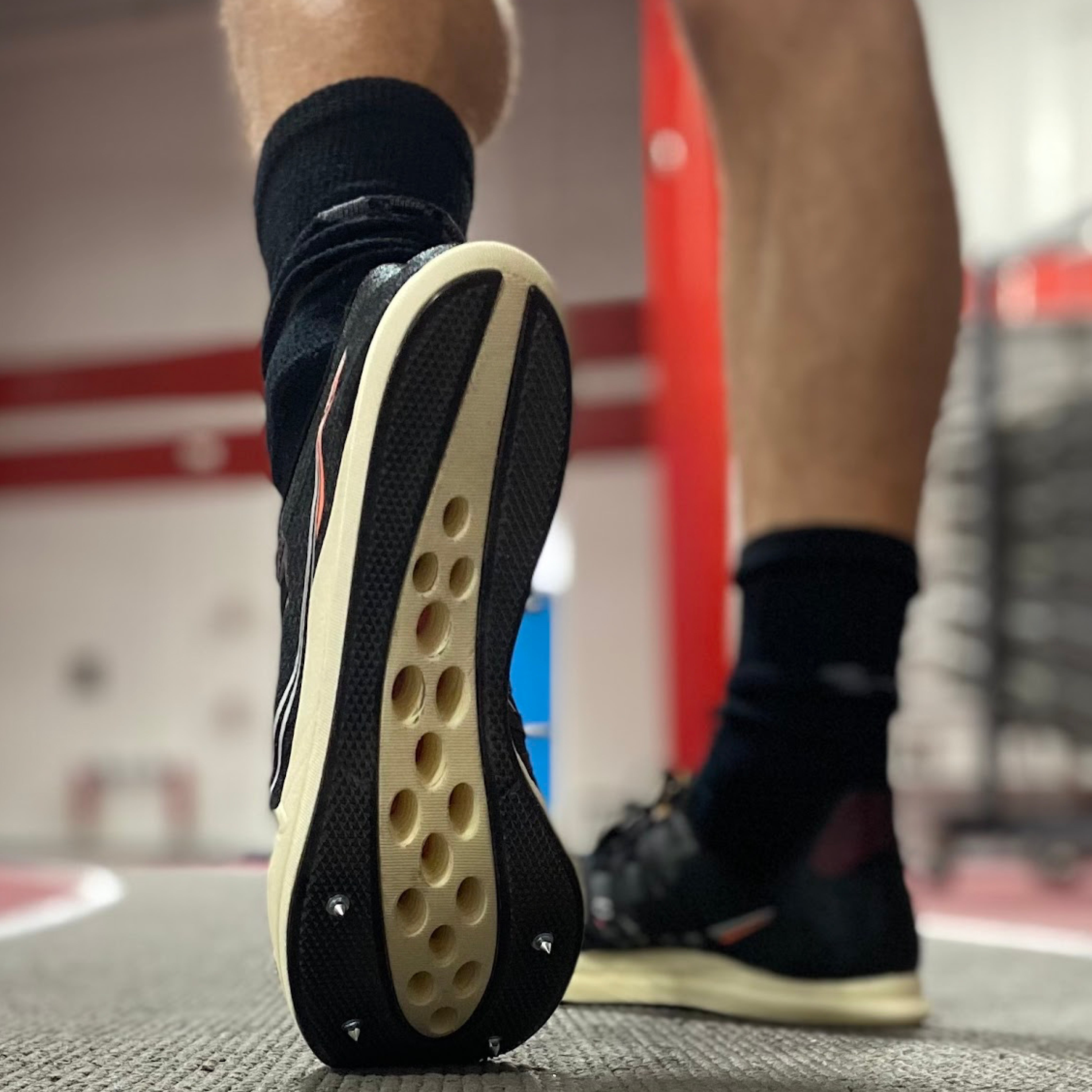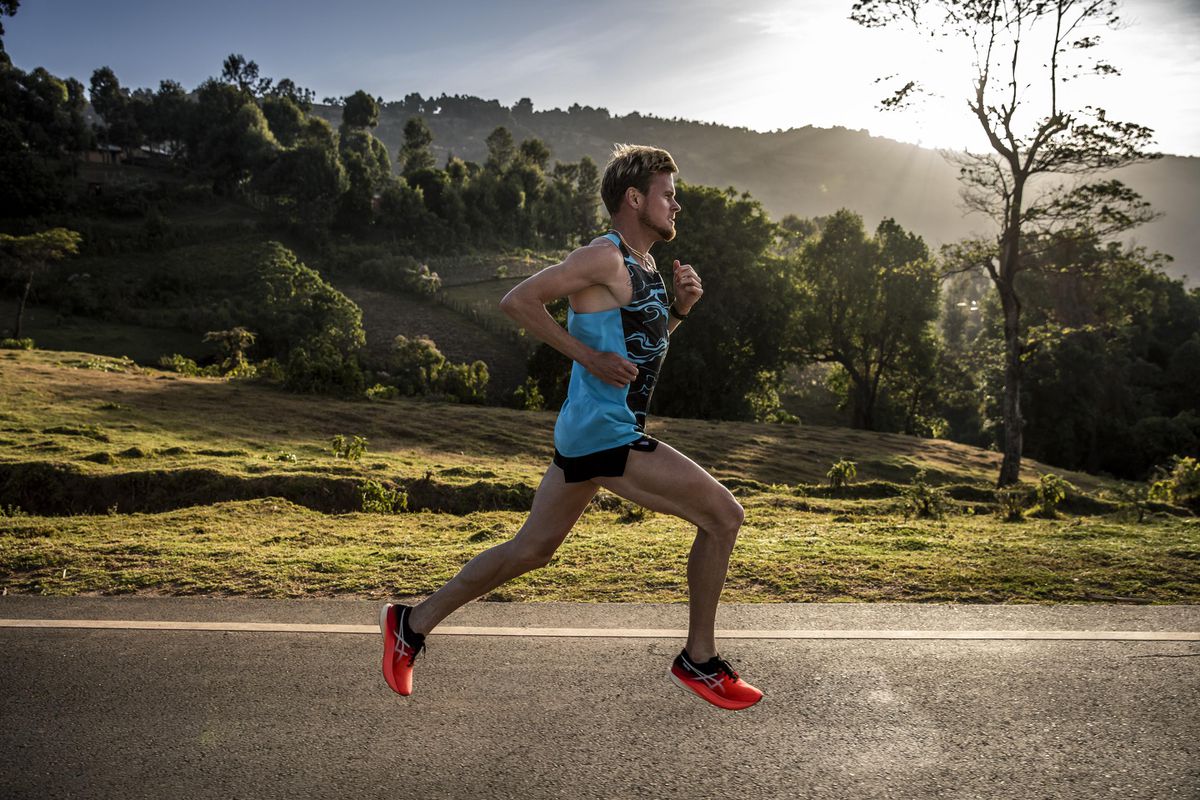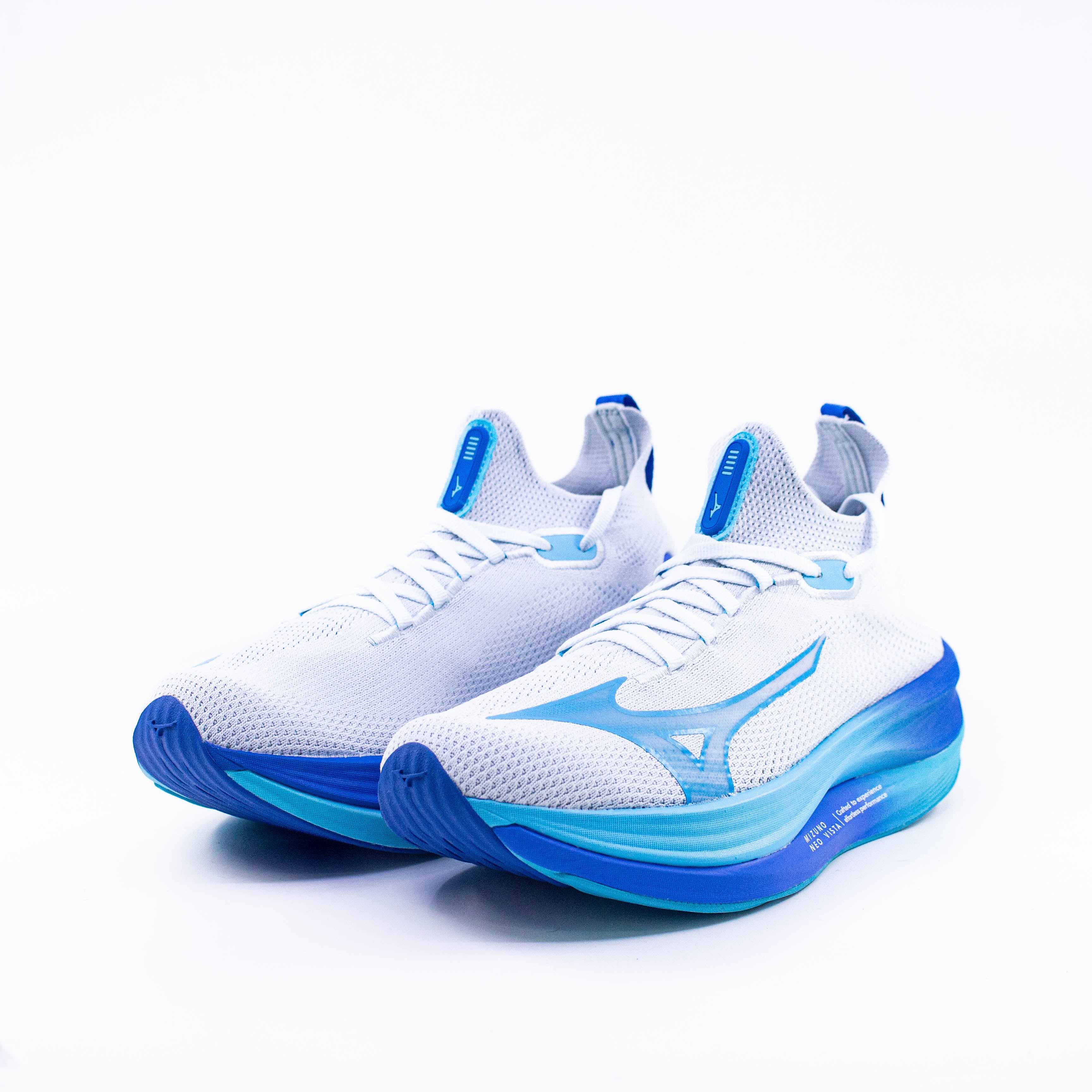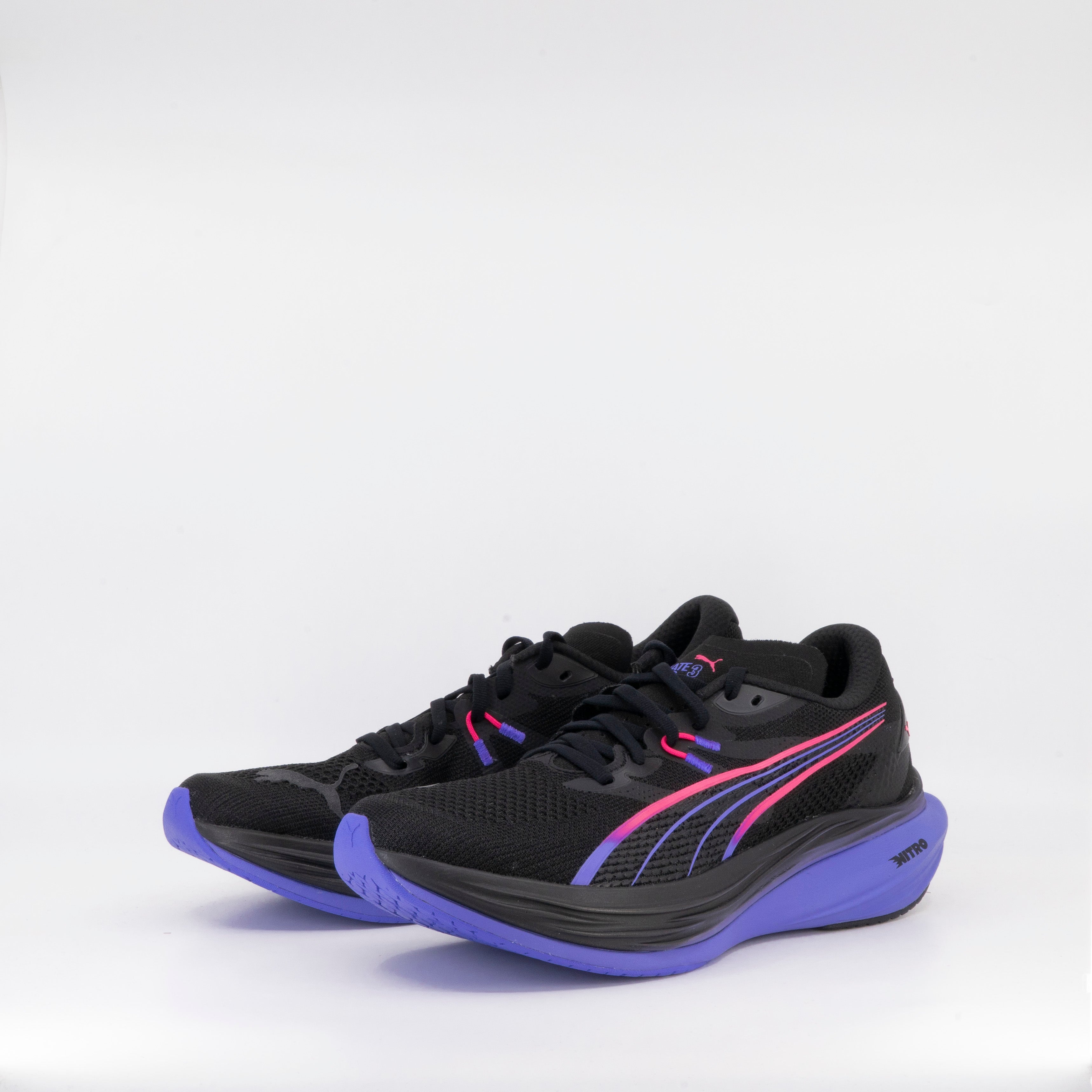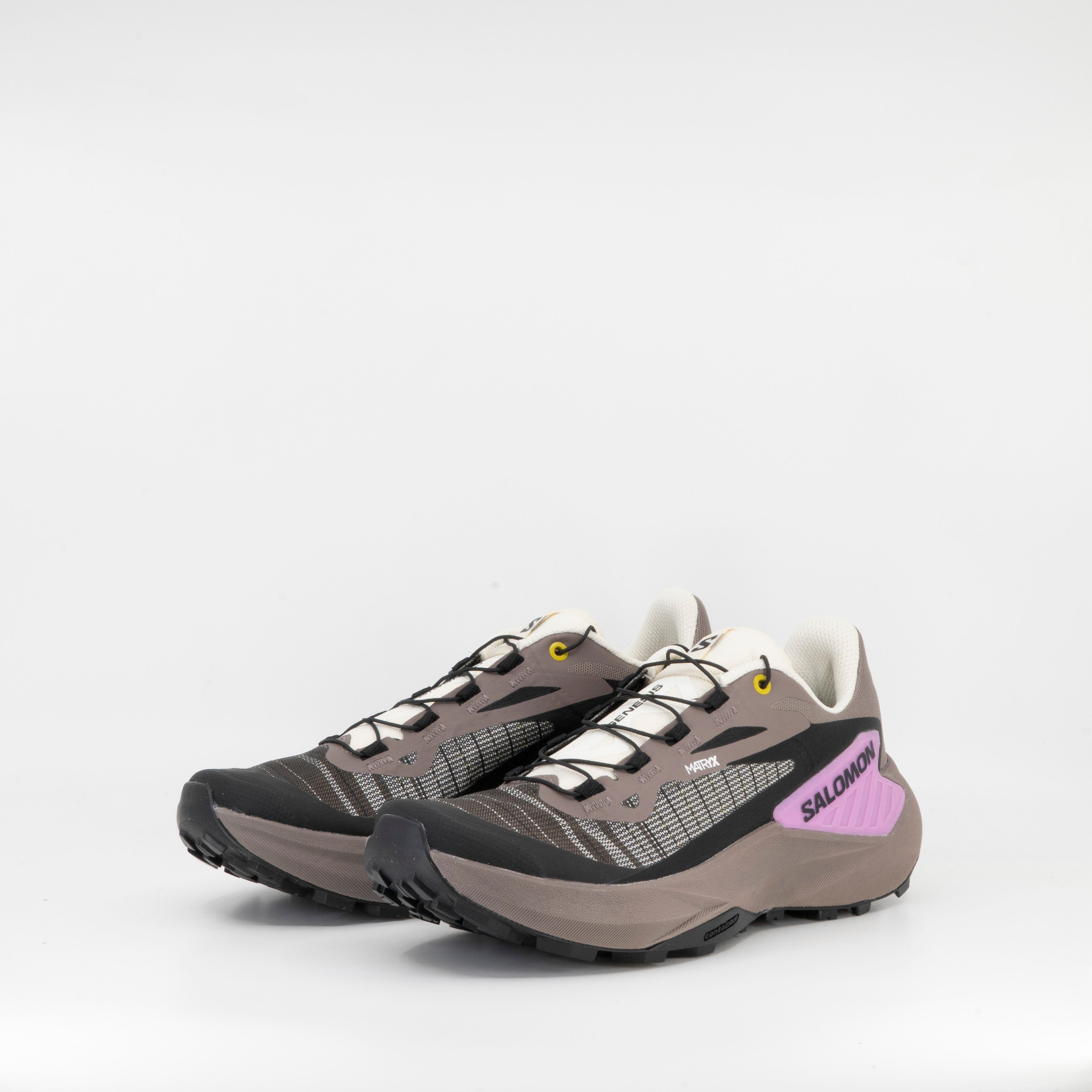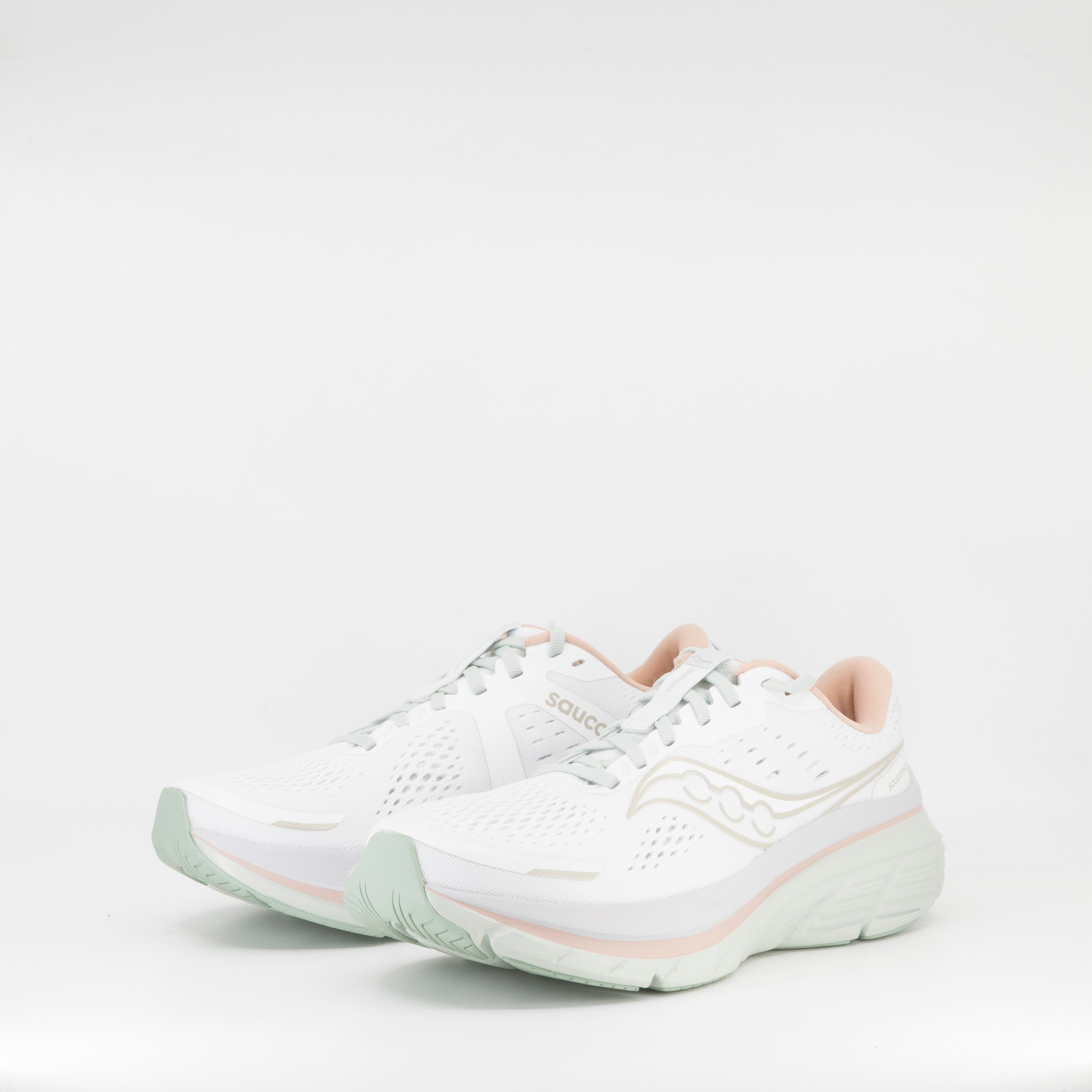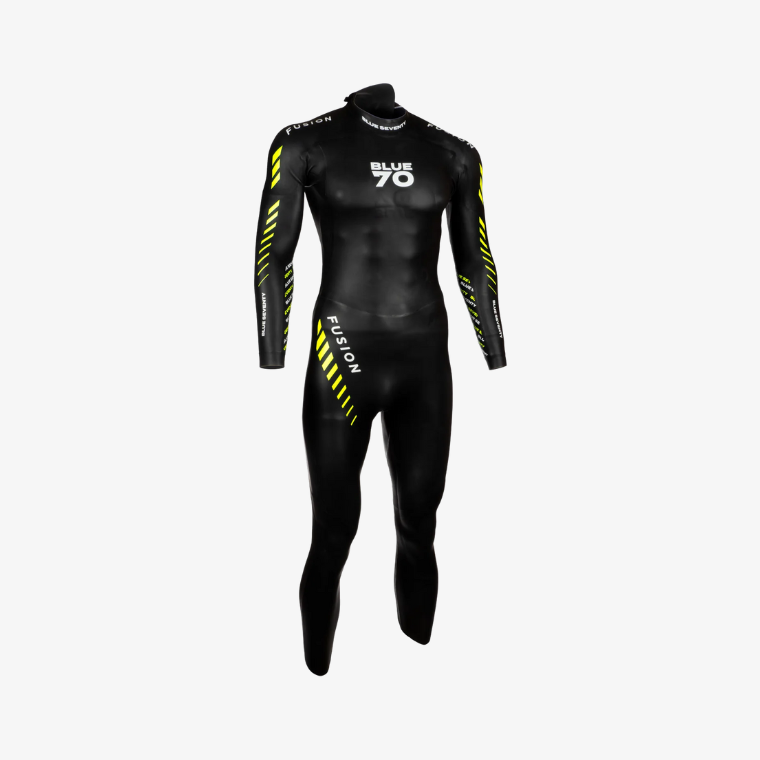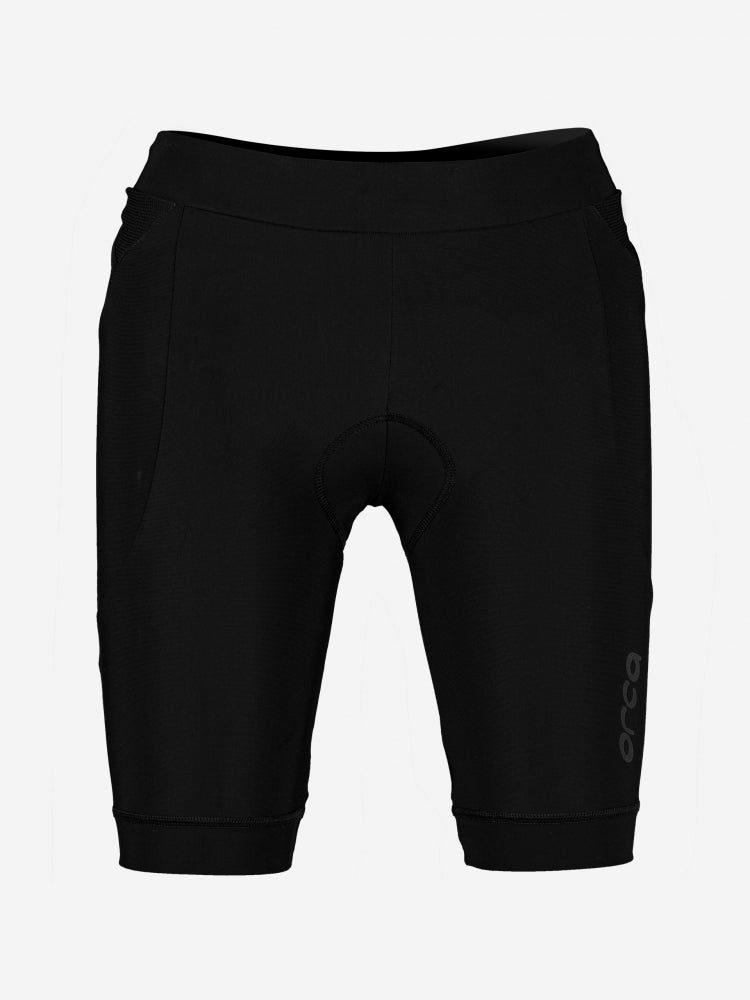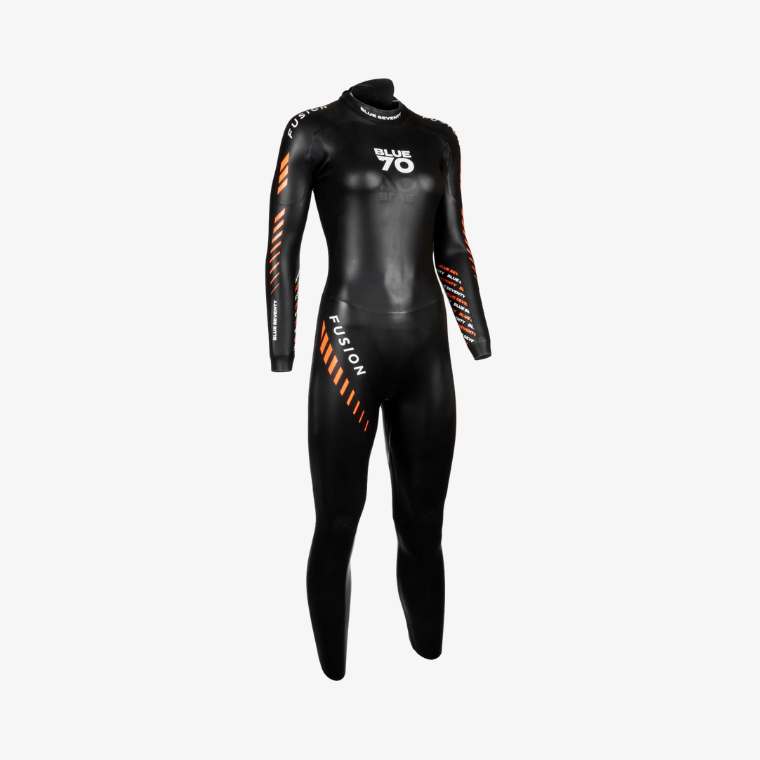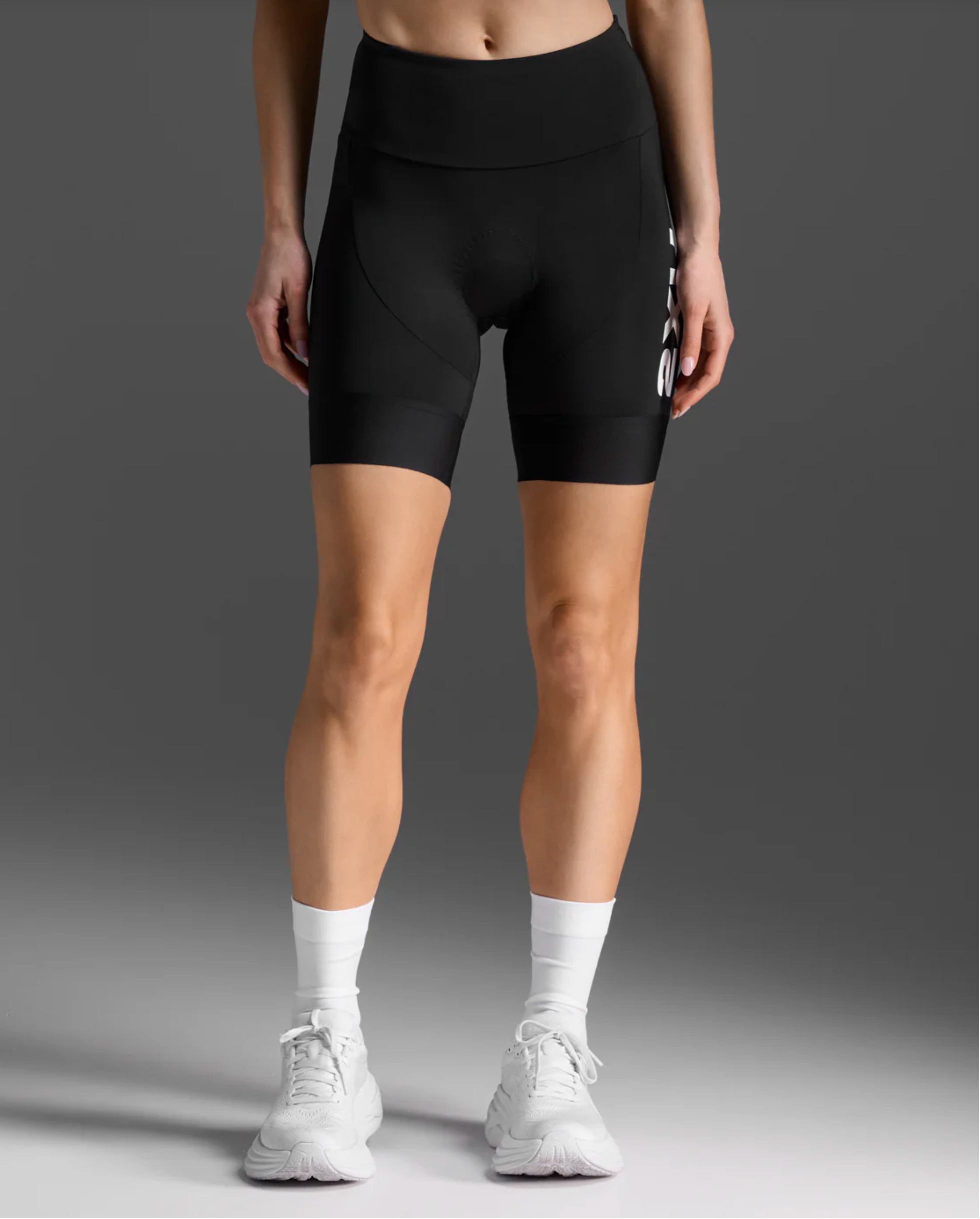Trail Runners: Running On Empty?
A recent study has been published that many trail runners will perhaps be challenged by, but which confirms the experience of many sports nutritionists who have worked with trail runners, myself included.
A single line from the published paper summarises it well, but, as always, it requires further unpacking to make sense of it:
The risk of low energy availability, disordered eating, and exercise dependence appears to be high in endurance runners.
Before we get into the weeds of the who and the what, let’s start with some definitions so that everyone is on the same page.
Low energy availability (LEA) occurs when there is inadequate energy intake to support basic physiological processes after energy expenditure from exercise has been accounted for. LEA has been shown to impact normal metabolic, endocrine, and physiological processes that can result in negative health outcomes.
In the normal run of things, you would fuel your training with what is left over after you have allocated energy to maintaining the basic systems and functions of your body – metabolic, hormonal, immune, musculoskeletal, and digestive health.
Let’s assume all of these processes require 2000 calories per day in order to function optimally. And let’s say you eat 2500 calories per day. This leaves you 500 calories to go charging up and down hills on.
Low energy availability occurs when you force the body to prioritise energy delivery to working muscles and the cardiovascular system and you are not eating sufficient energy to fuel all of the other functions.
If we go back to our numbers above and use our assumption that your body’s systems require 2000 calories to function well, you are burning 500 calories through your daily trail running activity, but you are only eating 1500 calories (or less), the numbers don’t add up. Your available energy is low - you are 1000 calories per day short.
If your household budget is running $1000 deficits, something has to give. As things wear out or require maintenance, there is no money in the account to cover the cost, and so things continue to degrade.
Disordered eating (DE) refers to a range of irregular eating behaviours and attitudes towards food that may not fit the clinical criteria for an eating disorder but can still have negative effects on physical and mental health. Disordered eating can range from unhealthy dietary habits such as skipping meals (including training fasted), calorie restriction and excessive exercise with the goal of weight loss to similar but less severe characteristics observed with an eating disorder.
Unfortunately, such behaviours have a high prevalence in endurance athletes (as this study on trail runners has shown), with the aforementioned low energy availability often being a downstream consequence, at least in part, of disordered eating behaviours, particularly when these behaviours accompany the belief that “lighter is faster”.
Exercise dependence (EXD), also known as exercise addiction, characterised by a compulsive and uncontrollable urge to engage in physical activity, often to the detriment of one's physical health, social life, and overall well-being. EXD has been shown to be related to body dissatisfaction and, consequently, is a component of disordered eating/eating disorders.
High training volumes, which are common in the ultra/trail running community, can contribute to large energy expenditures. But high energy expenditures alone are not a good marker for assessing the risk of exercise dependence butcan still contribute to low energy availability and the related health and performance outcomes (whether or not there is disordered eating involved).
That said, higher scores on the Exercise Dependence Scale(EDS-21) have been associated with larger energy deficits, and with disordered eating symptoms in both male and female endurance athletes.
Anytime you combine an endurance pursuit, such as trail running, with its inherent high training loads and large energy expenditure, its culture of being low body weight and lean, and add in disordered eating and exercise dependence, you create the perfect situation for participants to be at high risk of low energy availability and downstream consequences affecting physical and mental health.
On to the specifics of the study titled Low Energy Availability, Disordered Eating, Exercise Dependence, and FuellingStrategies in Trail Runners. Researchers surveyed 1899 trail runners between the ages of 18 – 40 years (510 male; 1445 female), looking at factors such as training and racing volumes, carbohydrate intakes, low energy availability, disordered eating, and exercise dependence, all using validated scales.
The results make for sobering reading:
As you might expect, the low energy availability scores were positively correlated with the disordered eating scores.
Perhaps stating the obvious, among the female athletes surveyed, those at risk of low energy availability appear less likely to fuel sufficiently than those not at risk.
This brings us back to the summary line from the start, “The risk of low energy availability, disordered eating, and exercise dependence appears to be high in endurance runners”, with the researchers adding, “Furthermore, meeting carbohydrate recommendations during training and competition should be emphasized to avoid negative health outcomes associated with LEA in endurance runners.”
The study authors noted that low carbohydrate availability(LCA), independent of or in addition to LEA, is another risk factor in development of relative energy deficiency in sport (RED-S) and related health and performance outcomes.
Watch this space as I think we will see more talk of low carbohydrate availability as a specific subset of low energy availability over the next few years, adding to the alphabet soup that is athletes not eating enough.
There is a lot to unpack here, and as I said at the opening, those involved in this sport and who see the body types, training volumes, and fuelling habits as normal, willpotentially be quite challenged by these results. However, far from being an outlier, this paper adds to the growing pool of literature highlighting the very thing that many of us in the field have been seeing, and saying, for years now.
It is estimated that 22–58% of endurance athletes have LEA, with a greater prevalence in female athletes, and specifically those in sports with an emphasis on leanness and/or high training demands. Think the likes of running, cycling, triathlon, etc., here.
And lest you think this is exclusively a female athlete problem, there is a growing body of literature suggesting that male athletes are also at high risk for LEA and associated long-term complications. Male athletes may have a lowerenergy “threshold” before LEA symptoms become more apparent, and they may be more tolerant to intermittent periods of LEA compared to females. But they are still impacted when they run large chronic energy deficits. Due to limitations in the current suite of assessment tools, it is likely that the prevalence of LEA in men is being underestimated.
It is perhaps helpful at this point to do a quick primer in energy. While it is common to think of our energy intake as a whole – total energy/calories – it is more helpful to separate our different energies into different buckets as it were.
Protein energy is what it says on the tin – the portion of our energy which comes from protein. While some of this can be used for fuelling in certain circumstances, the vast majority of our protein energy is used structurally to build and repair our bodies, to make hormones, neurotransmitters, and so on.
Non-protein energy is the energy derived from fats and carbohydrates. While some of this energy can be used structurally (though cannot replace protein), the vast majority is used as a fuel source. It is our fats and carbohydrates which are best thought of as calories.
When we talk about low energy availability it can be one of the following:
An individual might, on paper, be eating adequate protein for their sex, weight, and training status. But because they are underfuelling carbohydrate, a lot of this protein is being diverted to make glucose from amino acids. Because this protein is being diverted for fuelling, it is not available for structural needs, and thus a protein energy deficit occurs.
Historically fat played the nutritional villain. These days, it is more likely to be carbohydrate and animal protein. But while some individuals don’t fear fat as much as their mothers did in the 80’s, they certainly don’t eat enough of it when they decide to run a low carb diet plan. If carbs go down, then fats should go up to compensate. As so few do this, they invariably drop themselves in a low energy state.
Take an individual who, for whatever reason personal to them, has adopted plant-based leanings and thus have cut a lot of protein, AND have reduced carbohydrate, AND they don’t eat a lot of fats, choosing to instead fill up on predominantly high-fibre foods, perhaps the occasional piece of fruit, or an avocado and some nuts, and you have a recipe for LEA and all the downstream consequences.
If you think this sounds extreme, take a casual stroll around social media one day. You’ll find variations on the above galore.
In this most recent survey, most runners reported meeting carbohydrate recommendations of 30 to 60 grams of carbohydrate per hour during competition and training lasting 1 to 2.5 hours in duration. However, a large percentage of trail runners reported not meeting current fuellingrecommendations of 60 to 90 grams of carbohydrate per hour during training runs and competitions lasting longer than 2.5 hours.
This suggests to me (and is backed up by my own observations in practice), that runners are either not aware that their carbohydrate requirements increase with the increasing duration of a session (and they believe they are eating enough), or they are aware that they should be eating more but are resistant to this. It is not uncommon for an individual to boldly state that they eat enough even before we unpack what they are in fact eating.
This ‘misfuelling’ can oftentimes be unintentional – an individual simply wasn’t aware of the increased requirements for longer distances. However, high levels of body dissatisfaction and ED tendencies also influence overall energy intake, especially in female endurance athletes, and “could impact fuelling strategies and dietary practices of athletes participating in endurance running.”
Individuals often come into endurance sport as a means of losing weight or controlling weight (or controlling some aspect of their life more broadly). Finding short-term successin races and events can be a side effect of this initial involvement and can, unfortunately, further reinforce body dissatisfaction, disordered eating patterns, and exercise dependence tendencies.
This notion is backed up by this current study, with the authors stating:
“Findings from the current study suggest that risk for LEA, DE, and EXD appear to be high in trail runners, particularly in female runners. Athletes at risk for LEA had significantly higher risk for EXD and DE. Furthermore, female athletes at risk for LEA and DE appear to be less likely to meet fuellingrecommendations during training and racing.”
In the current study, approximately half of female runners reported menstrual dysfunction (MD), with a higher prevalence of this in younger females than older females. Female athletes with MD were more likely to experience inconsistent menstruation, lose their period during phases of high training, experience less periods over the past year, and to have lost their menstrual cycle for more than 3 months than female athletes not at risk for MD.
It should be noted that women who use oral or hormonal contraceptives could potentially be masking their underlying low energy availability and menstrual dysfunction. Despite a growing level of awareness among athletes, coaches, and health professionals, many female athletes may still lack theknowledge and awareness around the negative consequences of LEA female reproductive health.
Disordered Eating, Normalised
Disordered eating is a tricky subject to write about, especially with the suggestion that it might be somehow normalised in certain sports. It can be confronting to learn that the eating patterns you follow, the same ones you see everyone else follow, are in someway “disordered” and doing harm. So much so that it might be easier to shoot the messenger (as is often the case) and to dismiss their assertions as wrong.
I wish I was wrong. But both the experience of coaches, practitioners, and the growing body of research suggests that disordered eating practices are a significant contributor to low energy availability in athletes. Some examples of DE include skipping meals, restricting calories, and excessive exercise, which can impact energy intake and energy balance.
Consistent with other studies on endurance athletes participating in leanness-focused sports (sports where athletes have a heightened sensitivity to body weight), the current study suggested that just under half the sample population of runners, mainly females, were at risk for disordered eatingand this was correlated with low energy availability. This is similar to the findings of earlier research suggesting that athletes at risk for DE were more likely to be classified as at risk for LEA.
This is clearly a complex issue and boiling it down to only 1-2 factors risks missing a lot of nuance and detail. However, with the advent of social media and online community groups, where the advice given out in such forums is often not from qualified sources, it is easy to see how underfuelled runners are freely giving out advice which leads to further underfuelling in their running community.
“What I eat in a day” posts, the humble brags around how far or how long someone ran on little or no fuel, and a #nodaysoff culture help to normalise underfuelling and continuous high-volume training, with any negative consequences of such behaviours being buried.
Or worse, they are hidden in plain sight, and nobody is connecting the dots, e.g., athletes who run high mileages every week, whilst openly discussing issues around their mental health. It becomes difficult to know whether such issues are being helped by their exercise or are a consequenceof it.
I should note here that while the research strongly suggeststhat disordered eating may be a contributory issue and may help identify athletes at risk for underfuelling and low energy availability, not all athletes failing to meet their energy needs are on the spectrum for disordered eating and/or exercise dependence, and these should not be used as the only factorsfor further investigation into the presence of LEA in athletes.
What to do about it?
The standard line from researchers in such areas is always “more research is needed”, and while I don’t disagree, I believe that we could spend the next decade researching these topics more deeply and not actually change the culture or reduce the risk of harm to those who are a part of it. Conservatively, if we take the totality of the research, 1 in 2 endurance athletes are underfuelling their training and competitions, are showing signs of having issues with low energy availability, and in many instances, this may be as a consequence of disordered eating and exercise dependence.
Changing this culture is not going to be easy.
The first step to change is creating awareness of the issues. And in this instance, whilst recognising the need to tread carefully, everyone involved in the endurance sport communities – athletes, coaches, health professionals, and parents – need to label things for how they are. There are signs of this happening, with athletes who have been harmed by the excessive focus on weight, leanness, and appearance, and the normalised training and fuelling practices associated with this focus, increasingly speaking out about what they went through and the damage it did to them.
There needs to be better role models. Female athletes, in particular, who are fuelling themselves well need to show everyone what, and especially, how much they eat, reinforcing the idea that they can ‘eat big’ not because they train hard and consistently, but they can train hard and consistently because they eat big.
Where poor (if not downright terrible) advice is being given out on endurance training forums, it needs to be called out, quickly corrected, and repeat offenders should have their posting privileges revoked.
We need a culture of celebrating all shapes and sizes (not just the ‘racing snake’ look) and showing and celebrating the process not just the outcome. The standard line of “she trained hard and looks lean” from various commentators and coaches (professional and amateur) only serves to reinforce a negative culture. Highlighting individuals who train smart, surround themselves with a good team, focus on their recovery as much as their running, and how strong/powerful/fast someone looks (rather than lean/light/lithe) will help to shift the narrative.
It is only when we start building this awareness and changing the common culture and narratives through alternative actions that we will see the state of the running community, as highlighted by this research, begin to change.
Jamie Scott - Nutritionist



